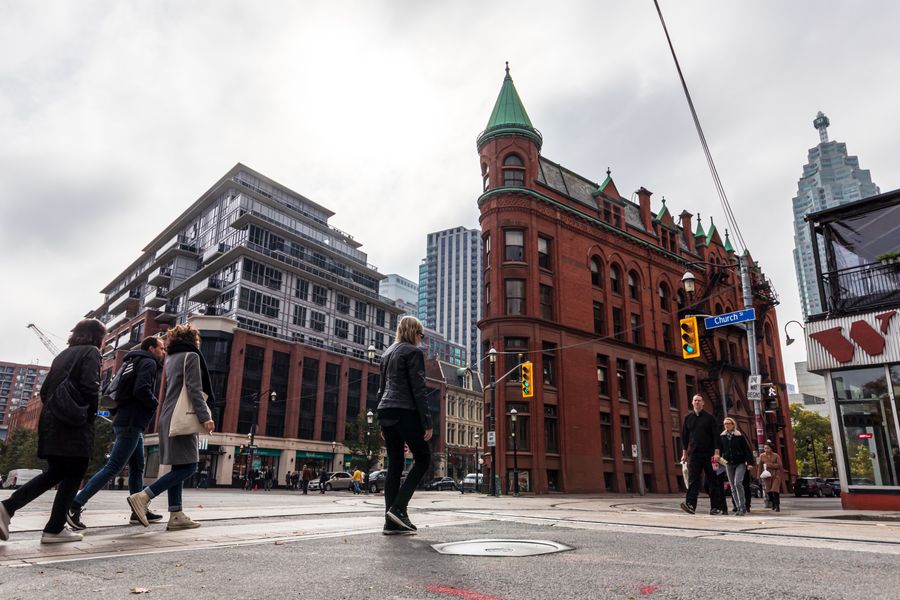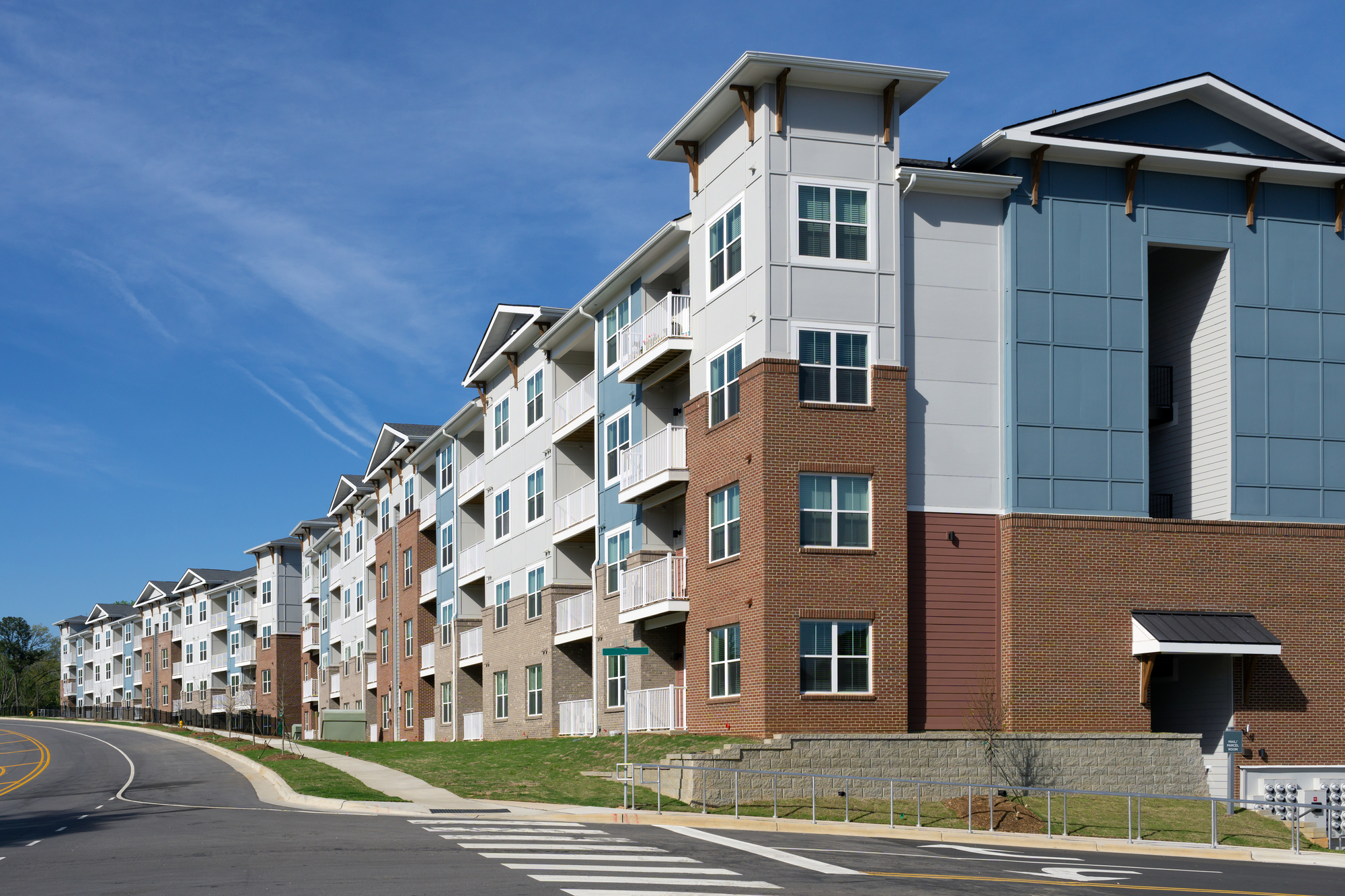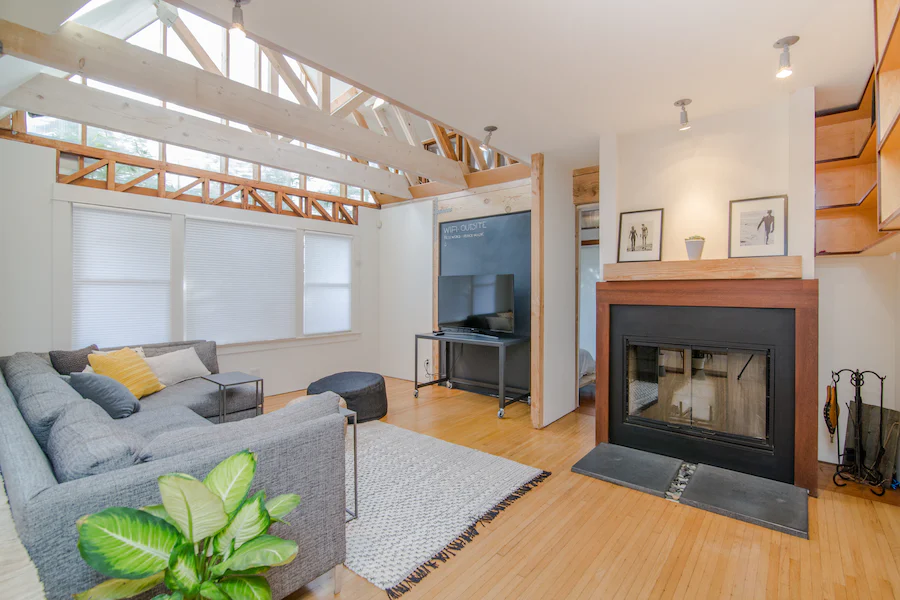With downtown Toronto’s condominium market , it begs the question: what effect will the delayed condo launches in 2020 have in five years?
“Downtown Toronto has been on a downward trend for project launches for a number of years now—not because of demand but because of available sites,” Shaun Hildebrand, Urbanation’s president, wrote in an email to CREW. “Last year, downtown Toronto recorded its lowest number of new launches in over 15 years. This will definitely put a squeeze on completions in five years. While we will see a pick-up in downtown launches this year, volumes will remain below normal as activity increasingly shifts into the 905.”
Although behind schedule, Refugees and Citizenship Canada intends to welcome 1.2 million permanent residents in the next three years—401,000 this year, 411,000 in 2022 and 421,000 in 2023—many, if not most, of whom will settle in Toronto. Moreover, because 60% of them will belong to the economic class, they’re more likely to choose condo rentals over Toronto’s aging purpose-built rental stock. Even excluding the city’s student population, that’s still going to put a lot of strain on housing supply in five years.
But, for investors, that’s opportunity come knocking.
“It will provide supply-side support for price appreciation,” said Hildebrand. “By how much depends on the interaction with demand at that time.”
Condos slated for completion in the next four or five years will also have better functionality—a testament to the building industry’s swift pivot in the face of the COVID-19 pandemic. From ameliorated floor plans to more welcoming outdoor spaces, Hildebrand has noticed the variance, and as prices keep rising, improved units could make a big difference.
“I’m seeing much more careful planning with respect to unit designs and amenities to account for people working from home more often, among other improvements such as air quality. There is more importance being placed on the living environment itself within the building and having access to useful outdoor space, a separated work area within the unit, and co-working space within the building. These features have become even more important as unit prices continue to escalate and living spaces continue to decline.”
Neil Sharma is the Editor-In-Chief of Canadian Real Estate Wealth and Real Estate Professional. As a journalist, he has covered Canada’s housing market for the Toronto Star, Toronto Sun, National Post, and other publications, specializing in everything from market trends to mortgage and investment advice. He can be reached at neil@crewmedia.ca.









